Evolution Of Computers :
Generation of Computer
First Generation of Computer (1940s-1950s)
Vacuum tubes served as the primary electronic component of the first generations of computers. Vacuum tubes were big, heavy things that used a lot of electricity. These computers had only a few kilohertz of speed, which was also quite slow.
Characteristics of First Generation of Computer :-
Characteristics Components
Main electronic component Vacuum tube
Programming language Machine language
Main memory Magnetic tapes and magnetic drums
Input/output devices Paper tape and punched cards
Speed and size Very slow and very large (often taking up an entire room)
Examples of the first generation IBM 650, IBM 701.
Second Generation of Computer (1950s-1960s)
Transistors, as opposed to vacuum tubes, were employed in the second generation of computers. Compared to vacuum tubes, transistors were quicker, more efficient, and smaller. Smaller, more potent computers could be created as a result.
Characteristics of Second Generation of Computer
Characteristics Components
Main electronic component Transistor
Programming language Machine language and assembly language
Memory Magnetic core and magnetic tape/disk
Input/output devices Magnetic tape and punched cards
Power and size Smaller in size, had low power consumption, and generated less heat .
Examples of the second generation PDP-8, IBM1400 series, IBM 7090 .
Third Generation of Computer (1960s-1970s)
Integrated circuits (ICs) served as the primary electronic component of the third generation of computers. Transistors are built into integrated circuits (ICs) and are engraved onto a single chip. This made it possible to create increasingly more compact and potent computers.
Characteristics of the Third Generation of Computer
Characteristics Components
Main electronic component Integrated circuits (ICs)
Programming language High-level language
Memory Large magnetic core, magnetic tape/disk
Input/output devices Magnetic tape, monitor, keyboard, printer, etc.
Examples of the third generation IBM 360, IBM 370,etc.
Fourth Generation of Computer (1970s-1980s)
Microprocessors are the primary electronic component used in computers that belong to the fourth generation. Single chips called microprocessors house the central processing unit (CPU), memory, and other parts. Personal computers (PCs) and other compact, cheap computers were made possible as a result.
Characteristics of The Fourth Generation of Computer
Main electronic component :- Very-large-scale integration (VLSI) and the microprocessor (VLSI has thousands of transistors on a single microchip)
Memory :- Semiconductor memory (such as RAM, ROM, etc.)
Input/output devices :- pointing devices, optical scanning, keyboard, monitor, printer, etc.
Examples of the fourth generation IBM PC, STAR 1000, APPLE II, etc.
Fifth Generation of Computer (1980s-Present)
The fifth generation of computers, which is currently being developed, is concentrated on parallel processing and artificial intelligence (AI). AI refers to a computer’s capacity to learn and think like a human. The capacity of computers to carry out several tasks at once is known as parallel processing.
Characteristics of Fifth and Current Generations of Computer
Main electronic component :- Based on artificial intelligence, uses Ultra Large-Scale Integration (ULSI) technology and parallel processing method
Language :- Understands natural language (human language)
Size :- Portable and small in size
Input/output devices :- Trackpad (or touchpad), touchscreen, pen, speech input (voice recognition), light scanner, printer, keyboard, monitor, mouse, etc.
Example of the fifth generation Desktops, laptops, tablets, smartphones, etc....
References :-
- https://medium.com/@technicalgoals2021/generation-of-computer-1st-to-5th-with-pictures-d165869775a6
- image link-
- https://www.adda247.com/jobs/wp-content/uploads/sites/2/2024/09/13165307/First-Generation-of-computer.png
- https://www.adda247.com/jobs/wp-content/uploads/sites/2/2024/09/13165332/Second-Generation-of-computer.png
- https://www.adda247.com/jobs/wp-content/uploads/sites/2/2024/09/13165356/Third-Generation-of-computer.png
- https://www.adda247.com/jobs/wp-content/uploads/sites/2/2024/09/13165746/Fourth-Generation-of-computer.png
- https://www.adda247.com/jobs/wp-content/uploads/sites/2/2024/09/13165949/Fifth-Generation-of-computer.png
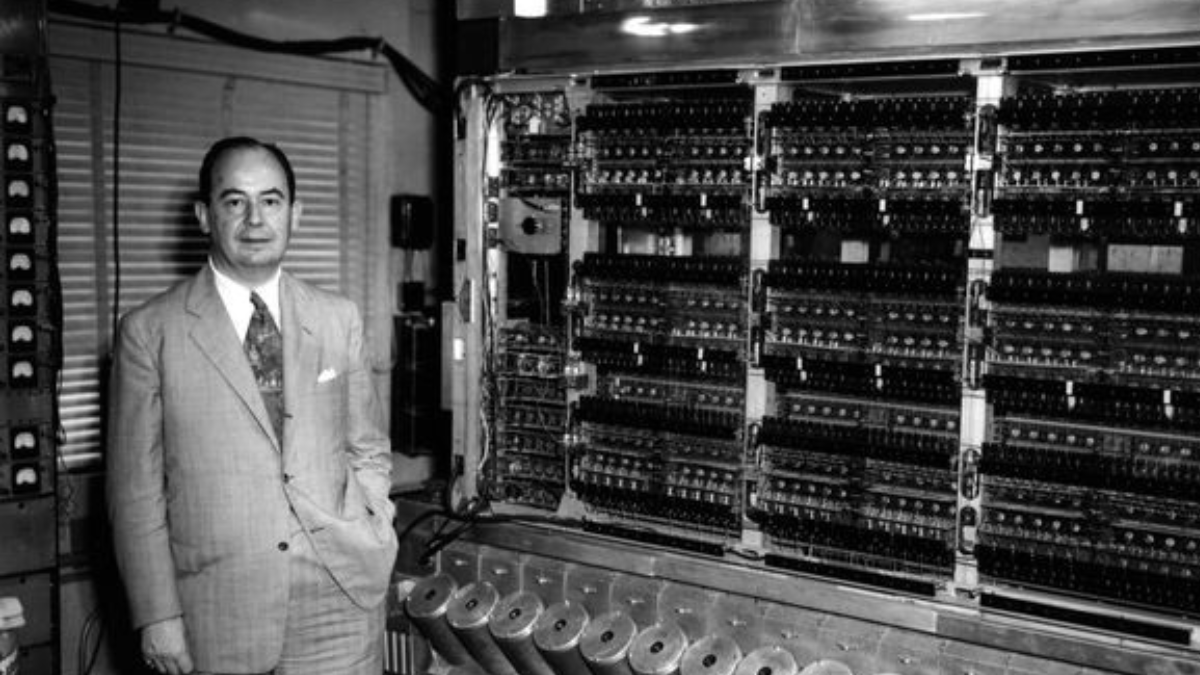
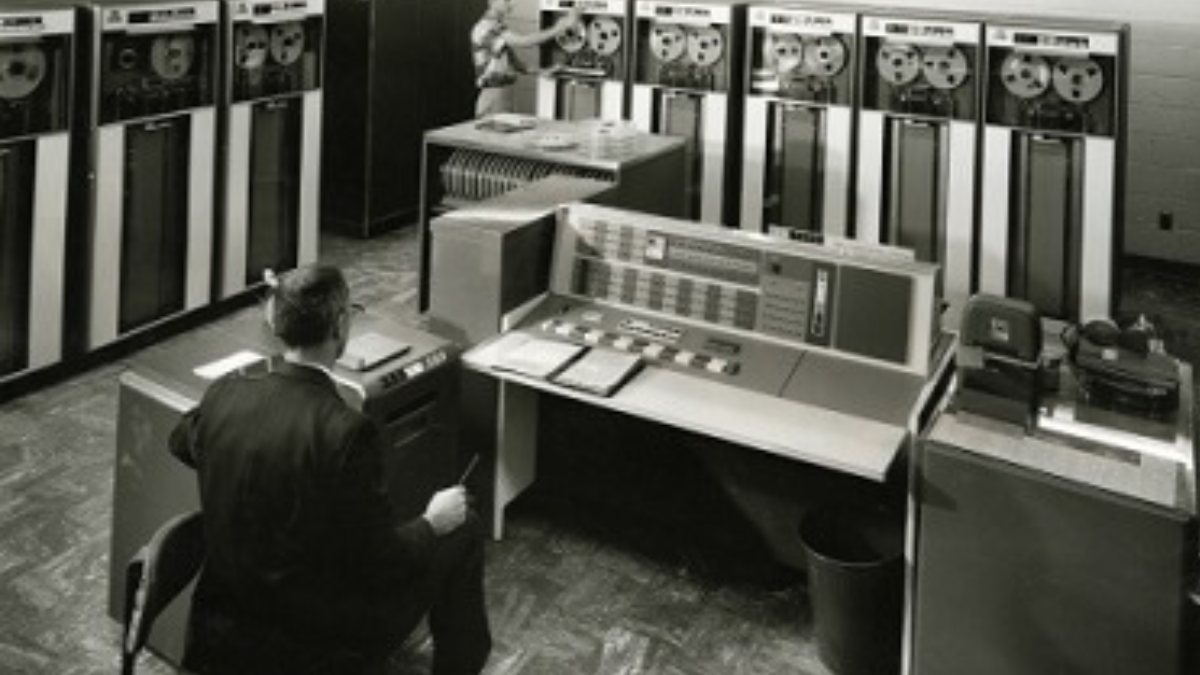
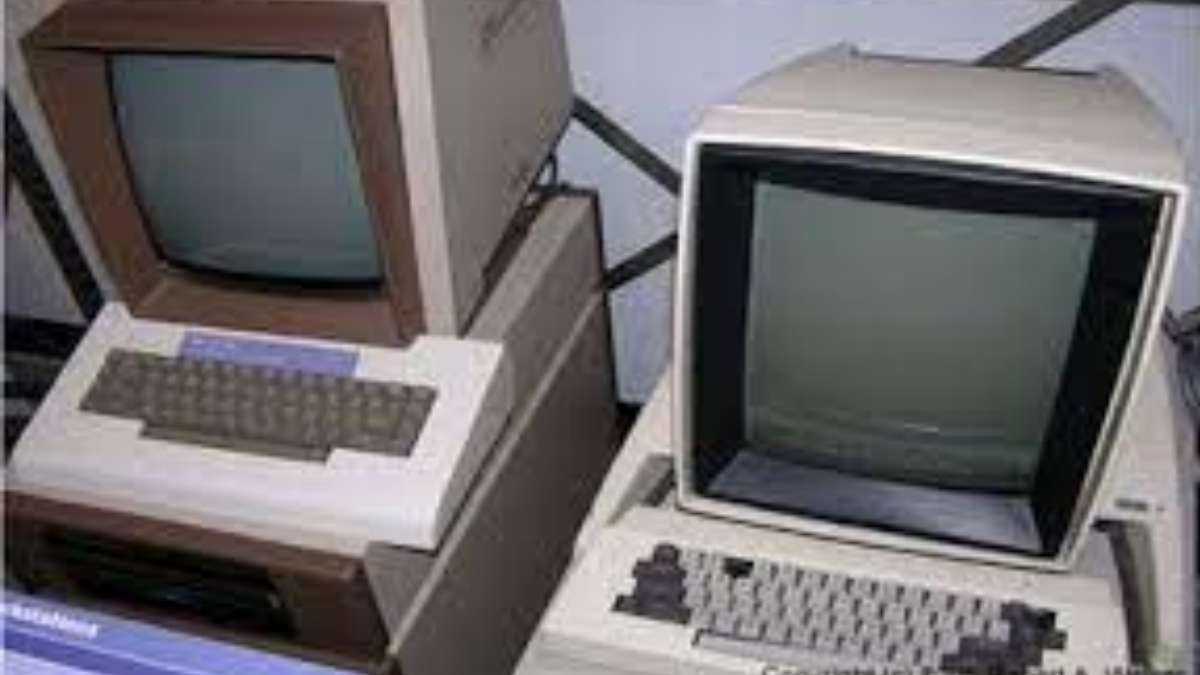
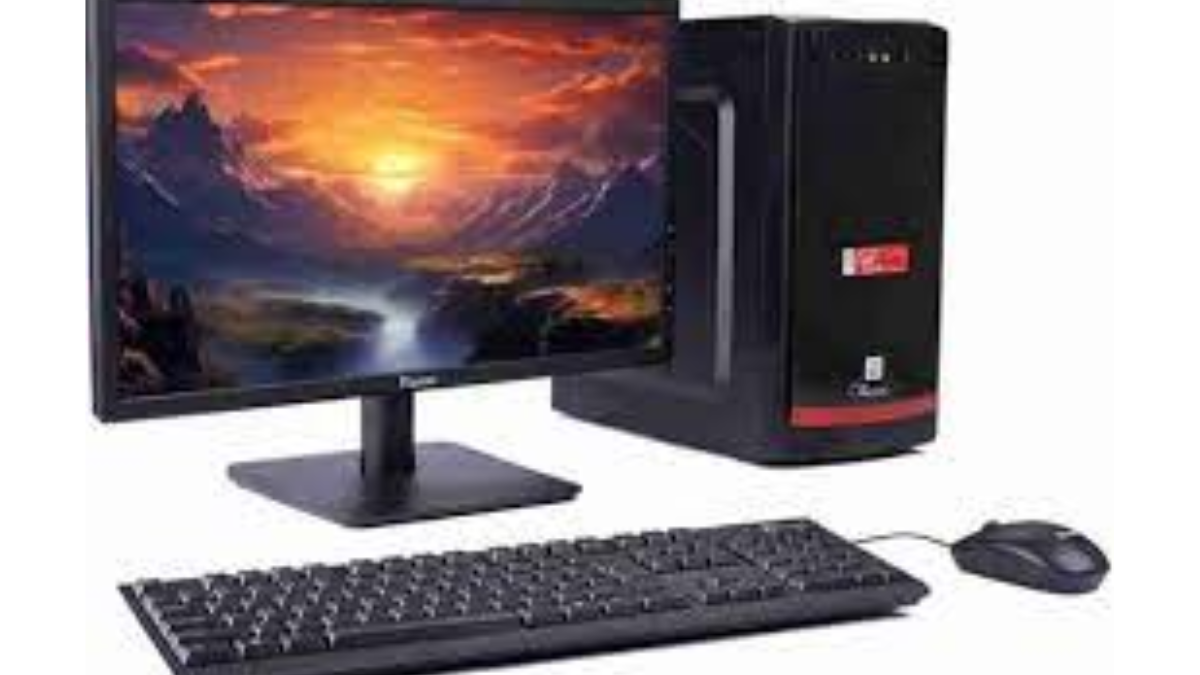
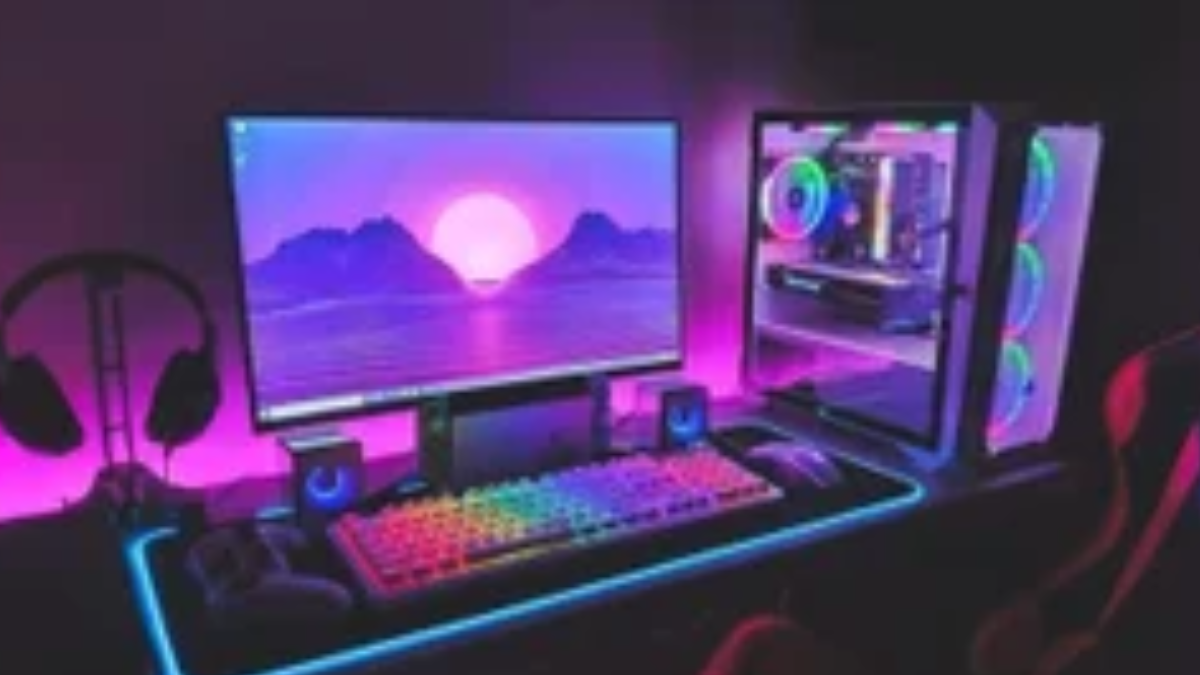


Comments
Post a Comment